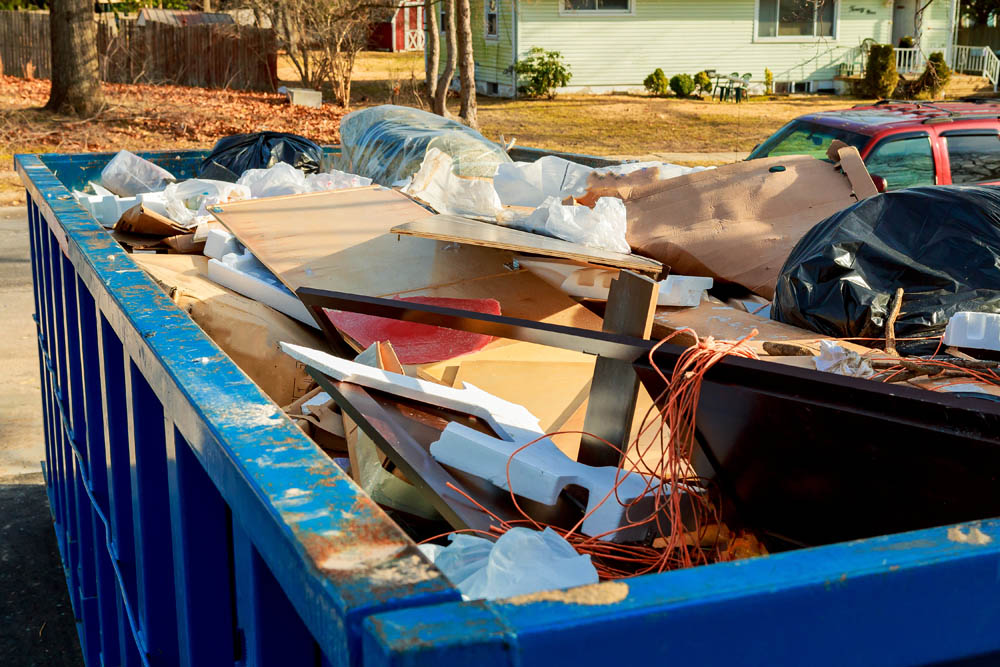
Renewal Option Language Often Overlooked
Tenants don’t often spend a lot of time on the renewal option provisions of commercial leases during negotiations. Though these provisions are seem to be for the tenants’ benefit, many tenants are satisfied that the lease provides for the agreed upon option with out giving much thought as to what their choices will be at the end of the lease term. I suppose this short term thinking comes from the fact that people generally don’t like change and to move your business is very unappealing and disruptive. However, if a tenant is careful and able to get some favorable language in the renewal provisions, as the expiration of the initial term approaches, the tenant will have time to properly evaluate whether to extend the lease or to sign a lease for space at another property.
The first thing to watch for relating to the renewal option is the time to exercise the right. Landlords generally look for a short window to exercise, about a year prior to the end of the term. The window itself should not be that important to tenant as long that tenant properly calendars the dates and begins to research options far enough in advance of the notice period to make an educated decision and complete negotiations with a new landlord or the current landlord. However, tenants should strive to negotiate for the window to exercise the renewal option to be at least 6 months long. The time to exercise the option is usually around a year prior to the end of the term and the window falls around the 1-year mark.
Rent during the renewal term is the next key point. Landlords don’t like to lock themselves in here. While rent during the initial term usually increases a fixed amount year to year or on fixed dates or intervals, landlords like to reset rent at the beginning of the renewal term. Sometimes lease drafts have language saying that rent will be determined at the start of the renewal term. Tenants should never agree to this clause. That is a blank check for the landlord. A more common clause is to reset rent a fair market value (FMV). This could be a blank check as well if FMV is not carefully defined or capped. There is no right answer as to the definition of FMV. Sometimes appraisers or brokers’ professional opinions (BPO’s) are used. Still, you need to define what geographical area, class of property, rent incentives and other factors can be included in the determination of FMV. Many landlords put a floor on rent, i.e., rent at the beginning of the renewal term can not be lower than rent for the last year of the initial term. Whenever a FMV provision is included, I try to place a cap on the reset. Sometimes, I try to convince the landlord to move away from FMV and instead, change the first year renewal rent to the increase in CPI from the last year of the initial term. You also need to look at rent for the remainder of the renewal term and make sure that the reset does not happen every year. I have encountered this on more than 1 occasion.
CAM increases during renewals need to be addressed. The base year for CAM increases should be re-set to the 1st year of the renewal term.
Tenants should pay attention to the renewal option language in the lease prior to signing. Planning for the future should begin immediately. A poorly drafted renewal option provision could limit a tenant’s choices years down the road. Thinking ahead could give a tenant leverage.




Mike Feuerman
July 24, 2017 5:03 pmExcellent analysis, David! All great points that can be overlooked and really cost a tenant when it comes time to renew. It’s also good practice for a tenant to lock in some promised tenant improvements in that renewal clause if you can get them, such as “new carpet and paint throughout the premises within 30 days of renewal.” And I’ve found it’s better to describe the future tenant improvements rather than asking for a dollar allowance, as the cost today won’t be the same in 5 or 7 years.